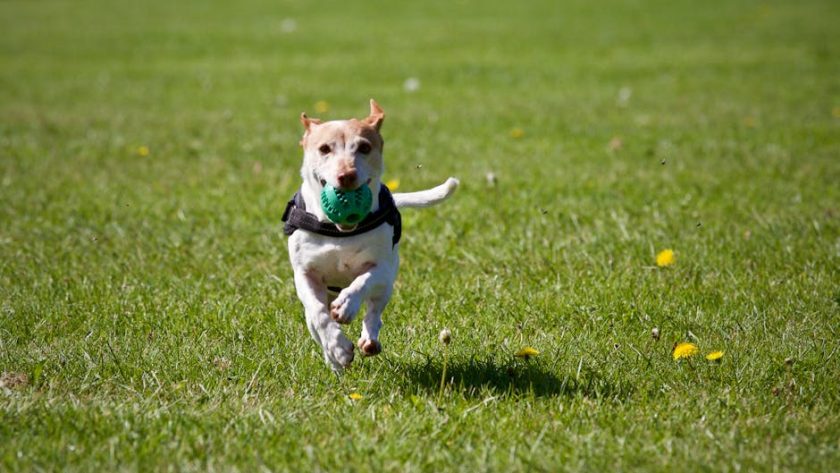When it comes to our beloved canine companions, training is not just an option – it's an essential part of creating a harmonious and enriched life together. Dog training allows you to build a strong bond with your furry friend while enhancing their behavior and overall well-being. In this comprehensive guide, we'll delve into the world of dog training, providing you with practical tips and techniques tailored to your dog's unique needs.
**Laying the Foundation: Understand Your Dog's Behavior**
Before embarking on your training journey, it's crucial to understand your dog's innate behaviors and body language. Dogs communicate through a variety of vocalizations, facial expressions, and postures. By observing your dog's cues, you can better interpret their needs and respond appropriately. This foundation will help you establish clear communication and set the stage for effective training.
**Positive Reinforcement: Rewarding Desired Behaviors**
The key to successful dog training lies in positive reinforcement. This approach focuses on rewarding your dog for desired behaviors, creating a positive association with training sessions. When your dog performs a command or exhibits good behavior, reward them with treats, praise, or playtime. Positive reinforcement encourages your dog to repeat desired behaviors and fosters a strong bond between you.
**Consistency is Key: Establish a Routine and Stick to It**
Consistency is paramount in dog training. Establish a regular training schedule and stick to it as much as possible. This helps your dog understand what is expected of them and provides a structured environment for learning. Consistent training sessions also reinforce desired behaviors and minimize confusion.
**Patience and Perseverance: A Journey of Progress**
Dog training is a journey that requires patience and perseverance. It's important to remember that every dog is unique, and progress may vary. Don't get discouraged if your dog doesn't master a command immediately. Stay patient, provide consistent training, and celebrate every small step forward.
**Tailoring Techniques to Your Dog's Breed and Personality**
Different dog breeds have inherent traits and temperaments that influence their training needs. For example, herding breeds like Border Collies may require more mental stimulation and exercise, while companion breeds like Pugs may benefit from shorter, more frequent training sessions. Consider your dog's breed and personality when selecting training techniques to maximize effectiveness.
**Socialization: Building Confidence and Good Manners**
Socialization is an essential aspect of dog training that helps your dog interact positively with other animals and people. Expose your dog to different environments, experiences, and individuals to promote confidence and prevent behavioral issues. Socialization also teaches your dog appropriate social boundaries and helps them become well-rounded members of society.
**Advanced Training: Expanding Your Dog's Skillset**
Once your dog has mastered basic obedience commands, you can consider advanced training to enhance their abilities. This could include agility training, scent work, or therapy dog certification. Advanced training provides mental and physical stimulation for your dog while deepening your bond and showcasing their exceptional capabilities.
**The Power of Play: Incorporating Fun into Training**
Don't forget to make training fun for your dog. Incorporate games, play sessions, and interactive activities into your training routine. Play motivates your dog, keeps them engaged, and strengthens the bond between you. Use play as a reward and to reinforce desired behaviors.

